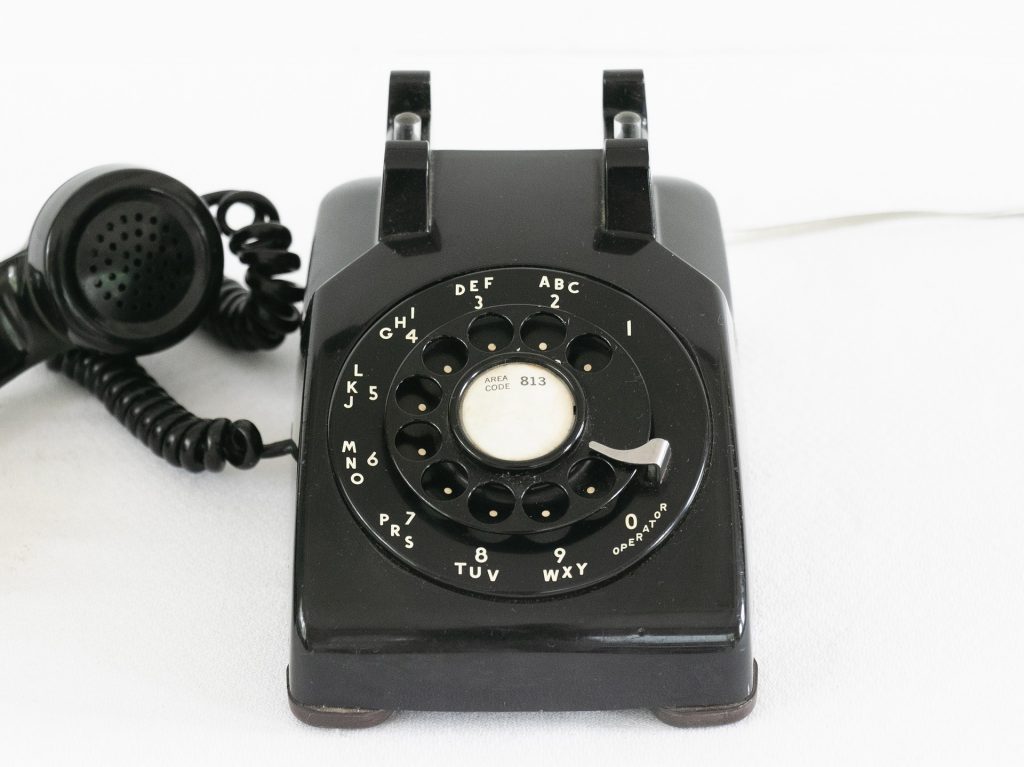Survey of Australian GPs use of telehealth consultations reveals the need for more support and more nuanced funding models

The use of telehealth services skyrocketed in Australia, and in many countries, during the COVID-19 pandemic. Between March and June 2020, telehealth accounted for ~28% of all general practioners’ (GPs) consultations in Australia (nearly 13 million telehealth appointments in total), up from <1% prior to the pandemic. This meteoric rise was facilitated by new Medicare Benefits Schedule (MBS) billing items. These allowed GPs, other specialist doctors, nurse practioners, and allied health professionals to receive Australian government funding for telehealth services. Prior to March 2020, only specialists could “bulk bill” for telehealth appointments with rural or remote patients.
A new survey by PCHSS’ Professor Tony Scott and colleagues aimed to understand the factors that affected uptake and usage of telehealth by Australian GPs. They used data from the 2018-2019 and May 2020 survey responses to the Medicine in Australia: Balancing Employment and Life (MABEL) longitudinal survey of doctors.
In their paper, Association between telehealth use and general practitioner characteristics during COVID-19: findings from a nationally representative survey of Australian doctors, in the journal Health Policy, the authors found that larger GP practices tended to use telehealth more often but were less likely to offer video consultations than practices with fewer doctors. This may be because smaller practices are more flexible and better able to integrate new technology into their existing appointment systems and practice workflow.
They also found that older GPs (over 55) and older patients were less likely to have video consultations. Fortunately, consultations for patients with more complex needs were more likely to be via videoconference. This addresses one of the key concerns that telephone-only consultations may miss important information that could only be conveyed by seeing the patient.
“Telehealth services were originally designed to be delivered via video, but almost all GP telehealth has been delivered via phone in Australia.”
The use of video consultations was also lower in Australia than in the UK and the USA. Understanding the factors that drive videoconference usage can help ensure that high-quality telehealth consultations are integrated into routine care after the pandemic.
The future of telehealth beyond the pandemic
Telehealth was a valuable tool during the COVID-19 crisis enabling patients to receive care without the risk of infection. Its future is currently uncertain, depending heavily on the Australian government’s decision on continuing to fund the new MBS items.
One of the key issues identified by the authors was the paucity of video consultations. While telephone appointments are appropriate for some services, such as following up on pathology reports or renewing prescriptions, video is essential for patients with more complicated conditions, and can provide higher-quality interactions than audio alone.
The authors suggest that support is needed to provide the infrastructure for video consultations. This includes funding and training for GPs on video consultation software as well as for integration of video systems into existing services.
As the Government considers changes to the MBS items, differential reimbursement for video versus audio-only consultations could incentivise GPs to use videoconferencing more often.
Getting the funding model right is critical to ensuring that high-quality care can continue to be provided in a manner that is appropriate and convenient for both GPs and patients.
Read the full article here: https://bmjopen.bmj.com/content/11/3/e046857.full

